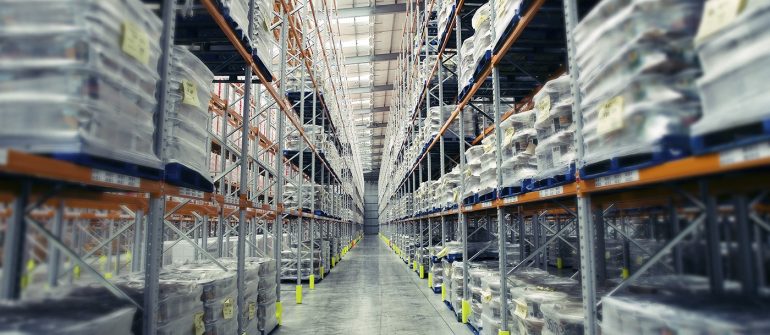With the VAT regime coming to UAE in less than two weeks, we take a look at VAT transitional rules regarding contracts and early invoicing and payment.
Transitional Rules – Contracts
Where a contract is entered into prior to the effective date of the VAT law which concerns a supply made wholly or partly after the effective date of the VAT Law, VAT will be due on the supply taking place after the effective date of the VAT Law. If the contract does not mention VAT, the value of the supply stated in the contract shall be treated as inclusive of VAT. For example, the company selling the supply has to account for 5% VAT to the FTA on the value of the supply from the sum which is in the contract. Continue reading →








